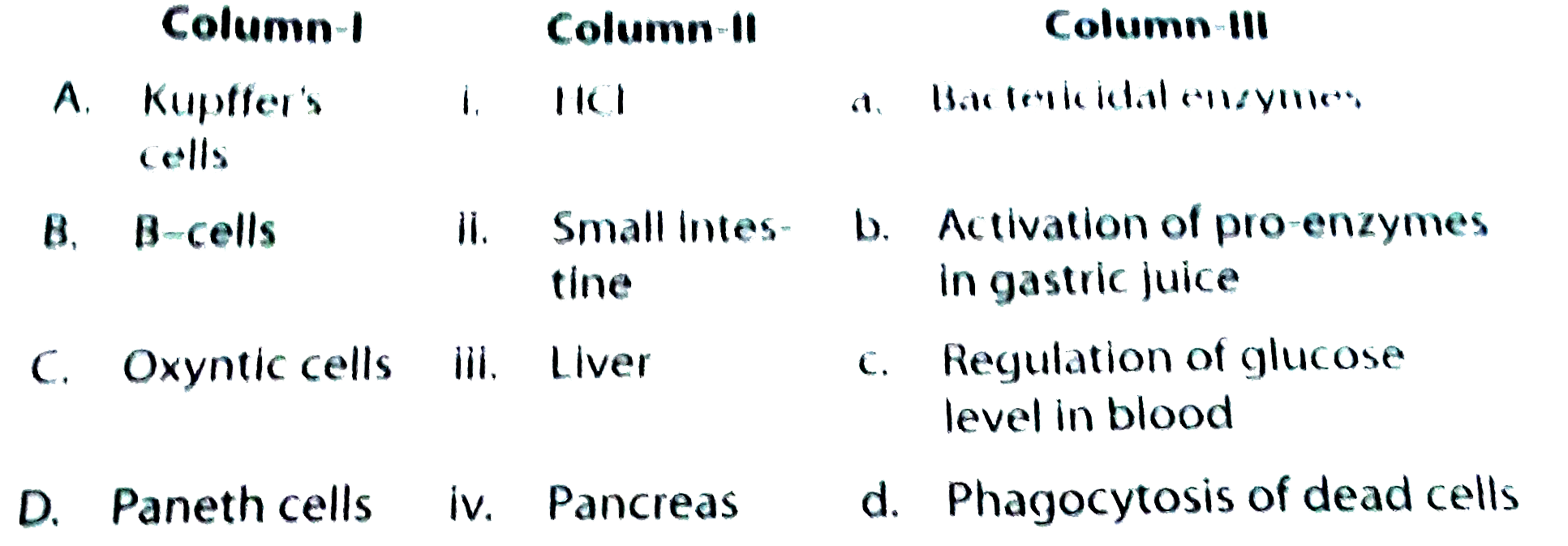Choose the correct option from the following:
Which part of the plant takes in carbon dioxide from the air for photosynthesis?
Root hair
Stomata
Leaf veins
Sepals
The correct Answer is:B
To answer the question "Which part of the plant takes in carbon dioxide from the air for photosynthesis?", we can follow these steps:
Step 1: Understand the Process of Photosynthesis
Photosynthesis is the process by which plants make their food using sunlight, water, and carbon dioxide. The main products of this process are glucose (a simple carbohydrate) and oxygen.
Step 2: Identify the Source of Carbon Dioxide
For photosynthesis, plants need carbon dioxide, which they obtain from the air.
Step 3: Determine Where Carbon Dioxide Enters the Plant
Plants have specialized structures that allow them to take in carbon dioxide. These structures are called stomata, which are tiny pores located mainly on the surface of leaves.
Step 4: Analyze the Options Given
- Root Hairs: These are found at the tips of roots and are involved in the absorption of water and minerals, not carbon dioxide.
- Stomata: These are the correct structures that allow for the exchange of gases, including the intake of carbon dioxide.
- Leaf Veins: These are part of the leaf structure that transports nutrients and water but do not facilitate gas exchange.
- Sepals: These are parts of the flower and do not play a role in photosynthesis.
Step 5: Choose the Correct Option
Based on the analysis, the correct answer is stomata.
Final Answer:
The part of the plant that takes in carbon dioxide from the air for photosynthesis is stomata.
---
Photosynthesis is the process by which plants make their food using sunlight, water, and carbon dioxide. The main products of this process are glucose (a simple carbohydrate) and oxygen.
For photosynthesis, plants need carbon dioxide, which they obtain from the air.
Plants have specialized structures that allow them to take in carbon dioxide. These structures are called stomata, which are tiny pores located mainly on the surface of leaves.
- Root Hairs: These are found at the tips of roots and are involved in the absorption of water and minerals, not carbon dioxide.
- Stomata: These are the correct structures that allow for the exchange of gases, including the intake of carbon dioxide.
- Leaf Veins: These are part of the leaf structure that transports nutrients and water but do not facilitate gas exchange.
- Sepals: These are parts of the flower and do not play a role in photosynthesis.
Based on the analysis, the correct answer is stomata.
The part of the plant that takes in carbon dioxide from the air for photosynthesis is stomata.
Topper's Solved these Questions
Similar Questions
Knowledge Check
- Question 1 - Select One or More
Choose the correct option(s) from the following:
ATeflon is prepared by heating tetrafluoroethene in presence of a persulphate catalyst at high pressure.BNatural rubber is polyisoprene containing trans alkene units.CNylon-6 has amide linkages.DCellulose has only α-D-glucose units that are joined by glycosidic linkages. - Question 2 - Select One or More
Choose the correct options from the following orders
ABasicity order: NH3>NH2−NH2>NH2OH>NF3BMelting point order. NH3>SbH3>AsH3>PH3CBoiling point order: NH3>SbH3>AsH3>PH3DThermal stability order: NH3<PH3<AsH3<SbH3 - Question 3 - Select One or More
Choose the correct options from the following orders
ABasicity order: NH3>NH2−NH2>NH2OH>NF3BMelting point order. NH3>SbH3>AsH3>PH3CBoiling point order: NH3>SbH3>AsH3>PH3DThermal stability order: NH3<PH3<AsH3<SbH3
Choose the correct options from the following:
View SolutionChoose the correct options from the following orders
View SolutionChoose the correct option from following tabel:
 View Solution
View SolutionWhich part of the plant gets carbon dioxide from air in photosynthesis ?
View SolutionChoose the correct option from the following based on the digram.
 View Solution
View Solution

